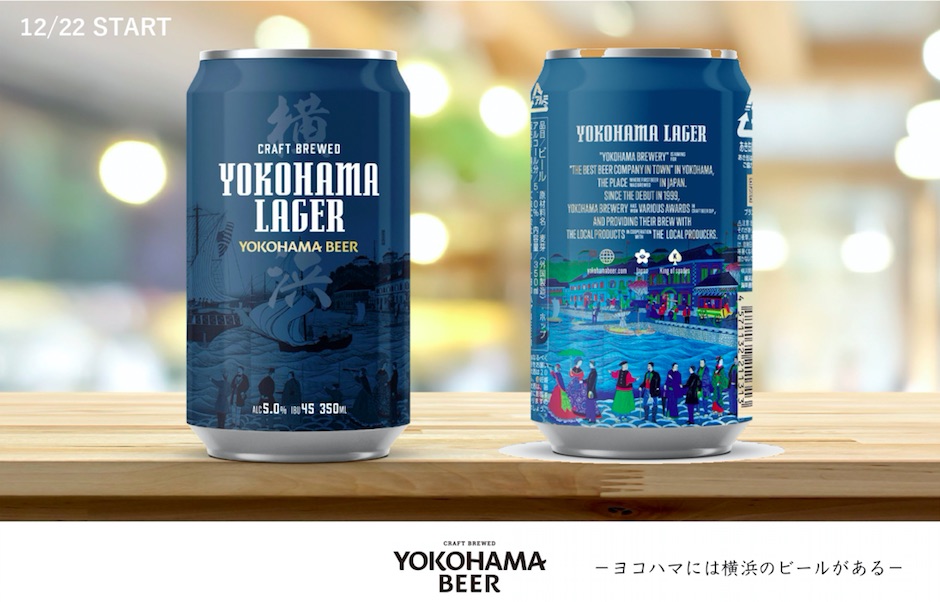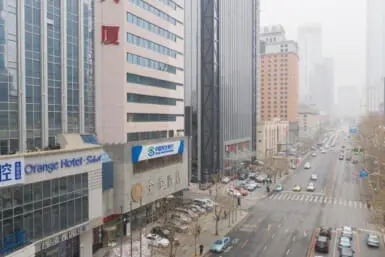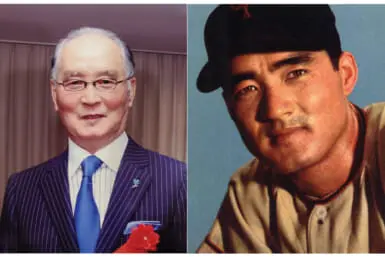The history of public transport in Japan is closely linked to Yokohama. The 1872 train line connecting the city to Tokyo was the first step on a journey towards the country becoming famous for its by now proverbially punctual trains, buses, and other means of transport. It took a little longer for Yokohama to fully develop its municipal transportation infrastructure, but they did it right, as the system is currently celebrating its 100th anniversary. Here’s how Yokohama is honoring that occasion:
Flower (Train) Power!
Between now and March 21, 2022, the Yokohama Tram Museum, accessible from Negishi Station, will hold an exhibition of photographs showing Yokohama’s public transport over the years. More exciting, though, is its real-life recreation of a hanadensha (flower train.)
You don’t really see them around anymore, but back in the day, hanadensha were everywhere. In times of celebration or national holidays, cities all across Japan would adorn regular trains and streetcars with all sorts of colorful decorations like artificial or fresh flowers. It’s hard to get a feeling of just how magnificent these flowery trains were from black-and-white photos, but that’s what the model at the Tram Museum is there for.
市電保存館に来た目的は、カードラリーのカード集めと、花電車の展示。
横浜市営交通100周年を記念した物。 pic.twitter.com/lA6bQpSCIy— 横浜の青い人◢相鉄民 (@bluehuman1501) April 30, 2021
Yokohama has also transformed one of its subway trains into a Gallery Train exhibiting historical photos that showcase the evolution of the city’s public transport over the years. As an additional sign of gratitude and love that people have for it, the triangle grip on one hand strap in each cart has been replaced by a heart-shaped one. To see it for yourself, please check the city’s website to plan a ride on the Gallery Train, but hurry as it will cease operations on May 13.
Where: Map
When: 9:30 AM – 5:00 PM
View this post on Instagram
Breaking News: Yokohama Lager is Back!
Another part of modern Japanese culture with Yokohama roots is beer. This is the city where the country’s first breweries were opened and where beer culture continues to grow and evolve. You’ve might have just missed the limited-edition Noge Beer Golden Ale, produced by the Yokohama Beer brewery, which was exclusively available at bars in the famous nightlife hub of Noge only between April 23 and April 29. Thankfully, you can still get some Yokohama Lager in a can.
First introduced last year, the can version of the famous Yokohama-made lager quickly sold out wherever it was available, but now it’s back, albeit in limited quantities. To get your hands on it, visit one of the 500 participating Family Mart convenience stores in the Yokohama area. And for an equally innovative though slightly more upscale Yokohama beer experience, there is always QUAYS pacific grill located at the Hammerhead seaside mall.
The restaurant’s brewery, Number Nine, recently introduced their new Godzone Beat Pale Ale. Made with three different kinds of imported malt, it clocks in at 4.9% ABV and is said to be incredibly fragrant and flavorful. Finding that out for yourself will only set you back 1,430 yen for a pint or 715 yen for half a pint.
Where: Map
When: 11 AM – 8 PM (Mon – Fri), 8 AM – 8 PM (Sat, Sun, National Holidays)
View this post on Instagram
Lights Over the Yokohama Bay Bridge
Pink and blue are very relaxing colors, but that’s not why they were chosen as the colors used to light up the Yokohama Bay Bridge. The light-up was devised as a promotion for the upcoming Tokyo Olympic Games—an event that many people feel should not go through given the, well, everything that’s been going on around the world—but it probably helped a little. It’s doubtful that the color display will change anyone’s feelings about the Olympic games, but there’s still plenty to enjoy about the illumination.
The special illumination started on April 14 and will continue until the scheduled end of the games, on September 5, 2021. During this time, the light display will be turned on at regular intervals from sunset until midnight each day. The two towers of the Bay Bridge will feature alternating colors. One blue to symbolize the city’s maritime history and culture etc., with the pink representing the rose, Yokohama’s official flower. If you’re ever in the area after the sun goes down, look over at the bridge, take it all in, and try to remember that while the situation in Japan isn’t all perfect, there are still beautiful things around that we can all enjoy.
When: Apr 14 to Sep 5, sunset to midnight
Where: Map
Know of anything exciting coming up in Shinjuku soon? Anything to add to the list? Send us tips at editor@tokyoweekender.com
Here’s what’s new in other parts of Tokyo and Yokohama:









